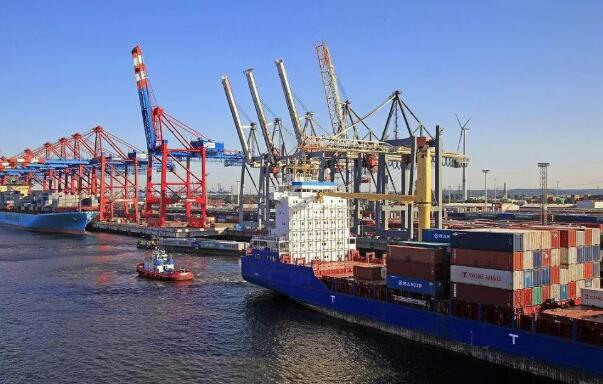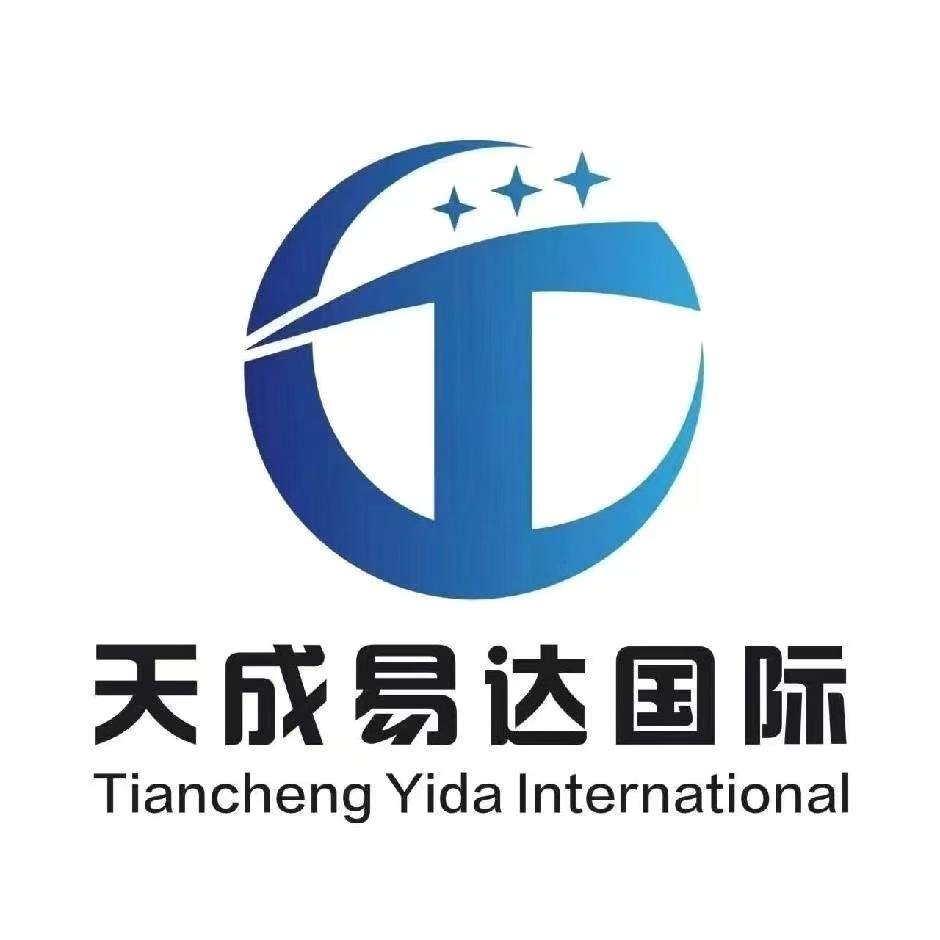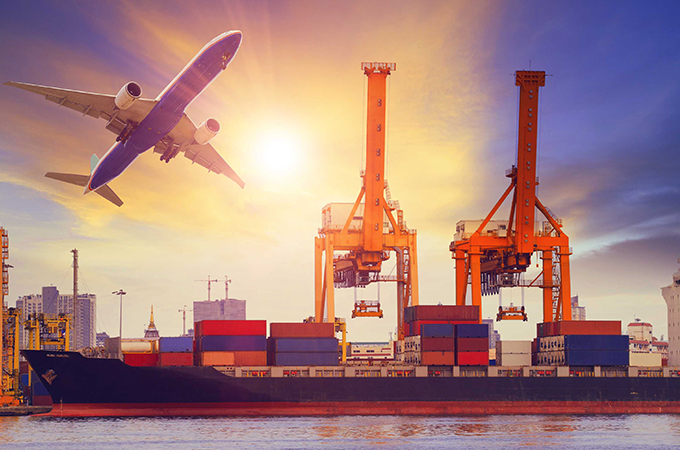Are you familiar with several delivery methods for international sea freight?
In foreign trade transactions, international logistics is an essential and very important step. If international logistics is well controlled, hold the goods firmly in your hands, not afraid of losing both goods and wealth.
So we need to have a clearer understanding of several delivery methods in international logistics. On the one hand, it can ensure the safety of goods, and on the other hand, it can timely deliver goods to customers through different methods, which means that payment can be collected as soon as possible and difficulties in capital turnover can be avoided.

The following focuses on several delivery methods and differences of international sea freight:
TELEX RELEASED:
Definition: It is the abbreviation for telegram delivery. Send the bill of lading information to the destination port shipping company through electronic message or electronic message, and the consignee can exchange the bill of lading with the electronic release seal and the electronic release letter of guarantee for delivery. The shipping company notifies the destination port agent to release the goods, without the need for an original bill of lading. As long as it proves that it is the consignee and the person to be released by telegram, the goods can be picked up.
Advantages: Convenient, fast, and safe (to avoid the risk of lost bills of lading).
Disadvantage: The shipper cannot control the ownership of the goods.
OCEAN BILL:
Definition: Original bill of lading issued by the shipping company. It is a document of title that allows the consignee to retrieve the goods, which can be endorsed and transferred, and is an important document; SHIPPER will obtain the original bill of lading from the freight forwarder, scan it for CNEE, and arrange payment. SHIPPER will then send the entire set of bills of lading by express mail to CNEE, and CNEE will exchange the original bill of lading for a bill of lading to pick up the goods; Ocean bills of lading are more commonly used.
Advantages: It is convenient for the buyer to pick up the goods in real time, simplifies procedures, and saves costs.
SWB (Sea waybill):
Definition: SEA WAYBILL is a form of bill of lading release. Once SWB is issued, the ownership of the goods is transferred from SHIPPER to CNEE, which means that CNEE can directly pick up the goods. SWB does not require an original or an electronic release fee for picking up the goods, and trusted companies can use this form of release.
Advantages: Fast order issuance, fast delivery, convenience, and speed.
Disadvantage: Generally, there is no way to control the goods.
Application scenario:
1. After receiving the full payment, the sea waybill can be shipped,
2. Multinational companies, in China, are subsidiaries that are specifically responsible for purchasing for foreign parent companies. For the convenience of picking up goods, they can quickly ship waybills.
Destination Port Release:
Definition: It means to release goods. This release method is rarely used, and it may be used in the following special situations: if the bill of lading is lost, the shipper shall write a letter of guarantee to the shipping company or agent to release the bill of lading to the consignee; The bill of lading was issued late and the goods arrived. In order to pick up the goods earlier, a letter of guarantee can also be used to instruct the release of the goods.
Application scenario: In the absence of special circumstances, this method is generally not used.
Difference:
1. SWB is an onboard bill of lading, which is similar to electronic release. Once confirmed as SEA WAY BILL, the agent directly releases the goods to the consignee upon arrival at the port.
2. In the case of electronic release, even if the goods arrive at the port for N years, as long as the shipper has not notified the agent in writing to release the goods, the agent will not release the goods to the consignee.
3. The main difference between SWB and B/L is that SWB does not have the function of a document of title. A bill of lading is a type of document of title, which can be transferred by endorsement (indicative bill of lading). The sea waybill cannot be transferred, and the consignee on the sea waybill can only be the consignee indicated on the sea waybill.
Summary:
In the final analysis, all transactions in trade are transactions between the buyer and the seller, with one hand paying and the other delivering; As long as the customer's payment is fully received, the above forms of delivery are risk-free.
- 上一篇:Foreign trade shipment: Do you understand the difference between DDP, DDU, and DAP?
- 下一篇:Foreign trade personnel must have common knowledge, what is customs data?










